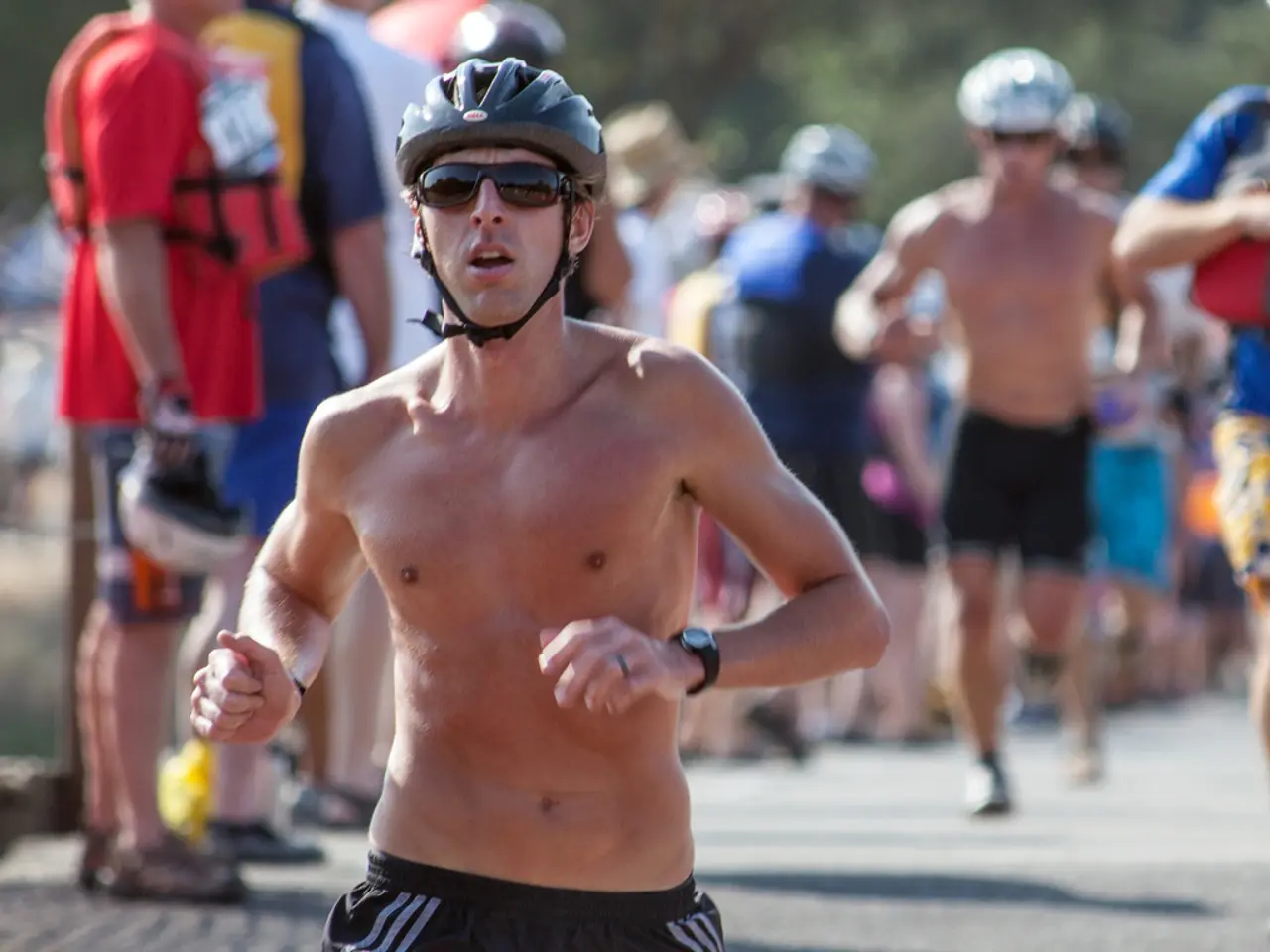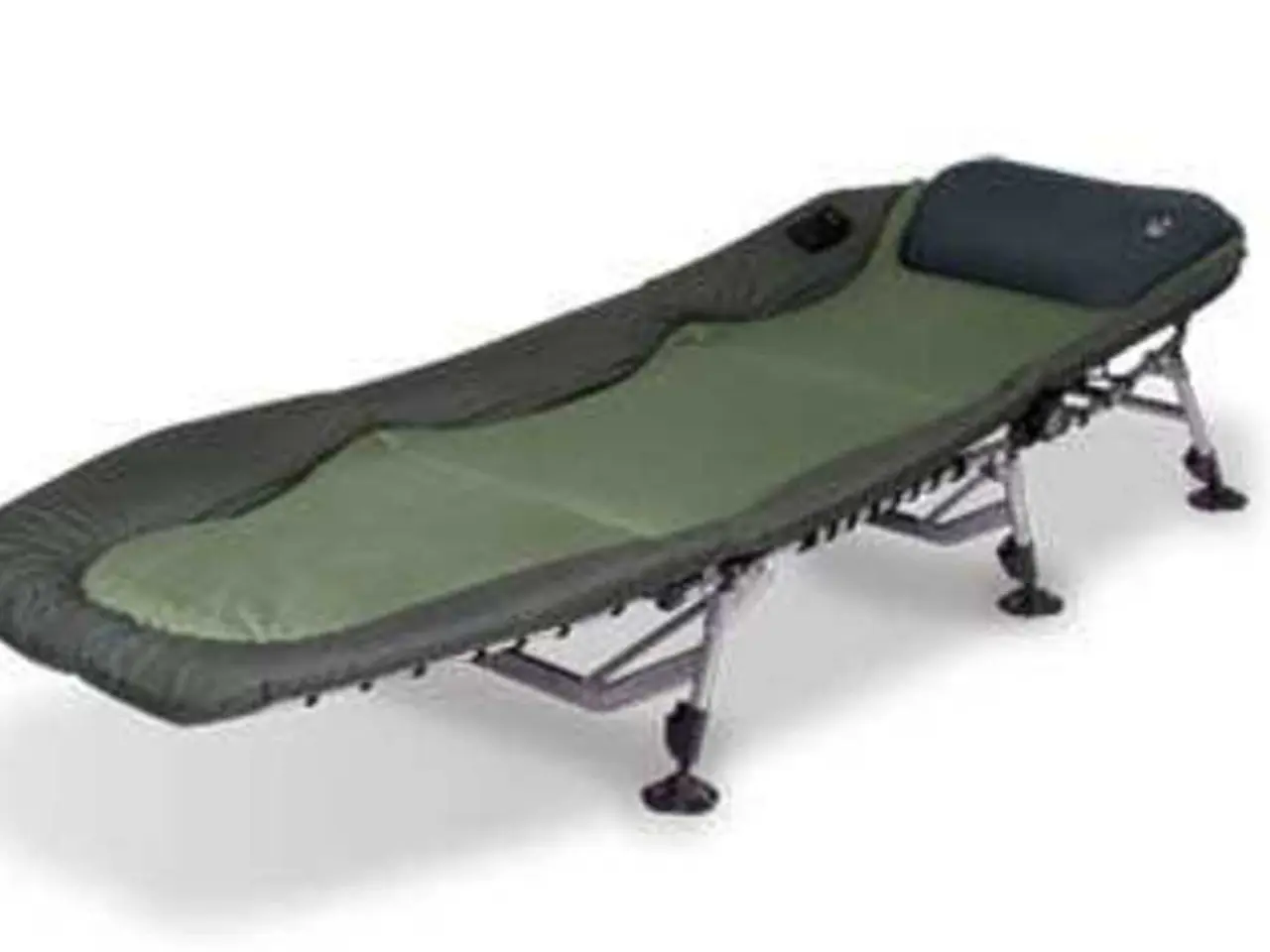Advantages of Running-Focused Movement Exercises
Mobility training has emerged as a vital component in the rehabilitation and prevention of injuries for runners, as well as enhancing their overall performance and longevity in the sport. By strengthening weak areas, improving range of motion in injured joints, and optimising biomechanical movements, mobility training can significantly improve a runner's efficiency and reduce energy expenditure [1].
Incorporating mobility exercises into a running routine can offer numerous advantages. For instance, it can help runners move more freely and effortlessly during their runs, leading to longer strides and increased propulsion. Moreover, mobility training aids in the recovery process for runners by promoting blood flow, flushing out metabolic waste, and alleviating muscle soreness [2].
To effectively incorporate mobility training into a running routine, it can be combined with warm-ups and cross-training sessions. A mobility-focused warm-up might include low-impact cardio like biking or elliptical for 5 minutes followed by 5 minutes of stretching, foam rolling, or using a massage tool to loosen tight areas and activate the nervous system. Repeating this sequence 2-3 times prepares the body for intense running workouts safely [3].
Mobility exercises can also be integrated into strength or cross-training days to complement running by addressing muscle imbalances, improving flexibility, and enhancing performance [4]. Specific suggestions for integrating mobility training include performing a dedicated 15-20 minute mobility routine before or after runs, including dynamic stretches and foam rolling targeting hips, ankles, and calves, and using cross-training days for low-impact mobility and flexibility exercises to reduce running load while maintaining fitness and joint health [3].
Consulting with a qualified mobility training professional or a physical therapist can be beneficial for a personalised mobility training program. They can help identify areas prone to tightness and limited mobility, such as hips, hamstrings, calves, and ankles, and provide exercises tailored to individual needs [5].
In conclusion, mobility training is an essential part of a runner’s schedule, enhancing running mechanics, reducing injury risk, and supporting long-term running ability. Incorporating mobility training into a routine through specific warm-ups, targeted stretching and foam rolling, and cross-training activities that complement running motions can lead to improved performance and reduced injury risk [1][3][4]. Runners are encouraged to make mobility training a regular part of their weekly routine for the rewards of improved range of motion, enhanced running efficiency, reduced injuries, and enhanced overall performance.
[1] Runner’s World. (2021). The benefits of mobility training for runners. Retrieved from https://www.runnersworld.com/uk/training/a32307590/mobility-training-for-runners/ [2] Runners Connect. (2019). The benefits of mobility training for runners. Retrieved from https://runnersconnect.net/mobility-for-runners/ [3] Tierney, J. (2020). The importance of mobility training for runners. Retrieved from https://www.active.com/running/articles/the-importance-of-mobility-training-for-runners [4] Active.com. (2021). Mobility training for runners: Why it matters and how to do it. Retrieved from https://www.active.com/running/articles/mobility-training-for-runners-why-it-matters-and-how-to-do-it [5] Runner’s World. (2020). How to find the right mobility exercises for your running style. Retrieved from https://www.runnersworld.com/uk/training/a32307595/mobility-exercises-for-your-running-style/
In this health-and-wellness context, incorporating science-based mobility exercises into a runner's routine can help prevent injuries, optimize performance, and maintain fitness for longevity in sports, aligning with the principles of fitness-and-exercise [1]. A mobility-focused warm-up, as suggested by professionals, often includes low-impact cardio, stretching, and foam rolling, which can enhance blood flow, reduce muscle soreness, and prepare the body for efficient running workouts [3].




